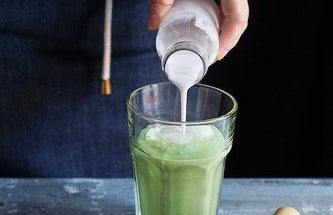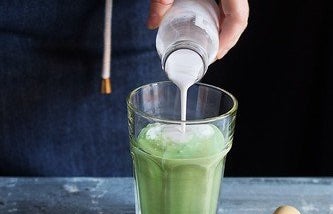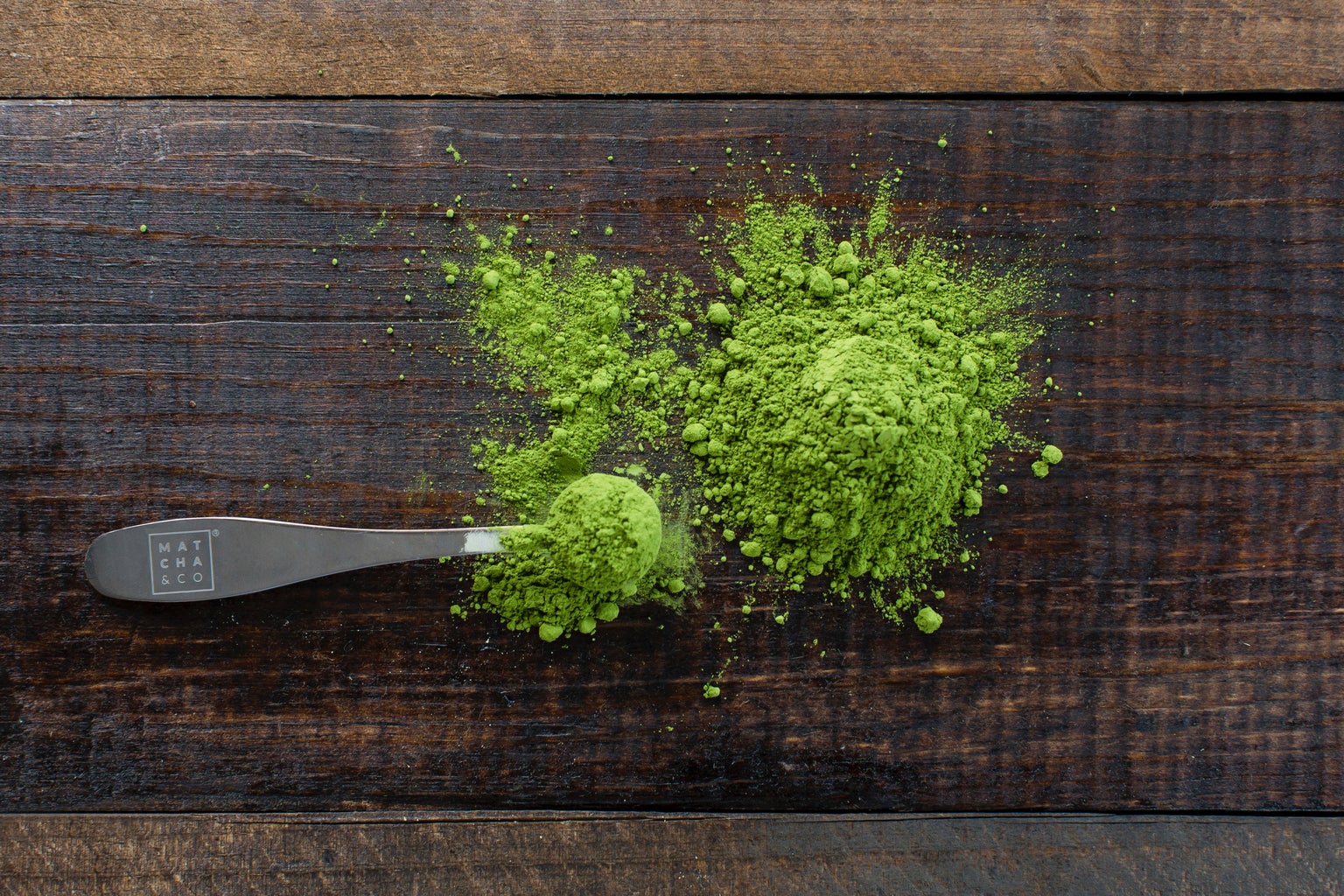Coffee shops have become the place to study, hang out with friends, grab a meal, or take a meeting. But what if you don’t like coffee? If you’ve tried chai, and can’t quite get behind the spice, matcha may be the sweet answer.
Some say, “matcha tastes like grass.” These are the same people that say black coffee is too bitter. But, hand them a caramel macchiato and they’re happy. Matcha is the same way! You just need to find your matcha.
I personally go for a hot matcha latte with almond milk and some kind of sweetener. Matcha purists will tell you sweetener is not part of the matcha experience. And while there are ceremonies that utilize matcha tea, it is also a beloved flavor enjoyed in sweets like mochi, cake, and flavored lattes.
What is Matcha?
Matcha is ground green tea leaves. It can be mixed into virtually any drink because of its powder consistency! Matcha can be enjoyed in many ways: iced, hot, with milk or water, sweetened or unsweetened. You can add it to a smoothie, protein shake, or juice. The ways that you can personalize your matcha are endless!
Matcha typically contains less caffeine than coffee, around 70 miligrams. For the anxious but coffee dependent girlies, this is great news. Goodbye caffeine panic!
Also, the caffeine in matcha is sustained. This means that the caffeine boost from matcha lasts longer than coffee — up to four hours! This is due to the type of caffeine in matcha and the accompanying amino acids.
Ingredients and Tools
The first need for a good drink is high quality matcha. There are three categories to know:
- culinary
- barista
- ceremonial
Now, feel free to do more research, but just know ceremonial is what you want to go for. It is the highest quality and therefore the most refined taste. You’re less likely to think, “this tastes like grass.” Barista can also be tasty, but expect to have to add milks, sweetener or something to cut the bitterness.
Some of my favorite sweeteners for matcha are maple syrup, agave syrup, vanilla syrup, and brown sugar. These warmer, caramel flavors work well with matcha. Almond milk also blends well, but cashew, oat, and cow’s milk are great alternatives.
Matcha typically must be sifted and mixed with a small whisk or milk frother after being blended with warm water.
How to Make Your Own Matcha
I highly recommend a matcha set up consisting of:
- a whisk or frother
- milk of your choice
- sweetener of your choice
- a microwaveable mug
- ceremonial grade matcha
- a half teaspoon or teaspoon
Now, there are many ways to make matcha. Here is the general order
- add a half-teaspoon to teaspoon of matcha to your mug
- add an eighth to quarter cup of nearly boiling water to the matcha
- mix well
- add sweetener
- finish with milk or more water (if you want a cold matcha, add cold liquid and visa versa for hot)
That’s it! All of this can be expedited by an automatic frother (if you become very invested in this morning routine and desire a quicker method).
Happy matcha drinking!



